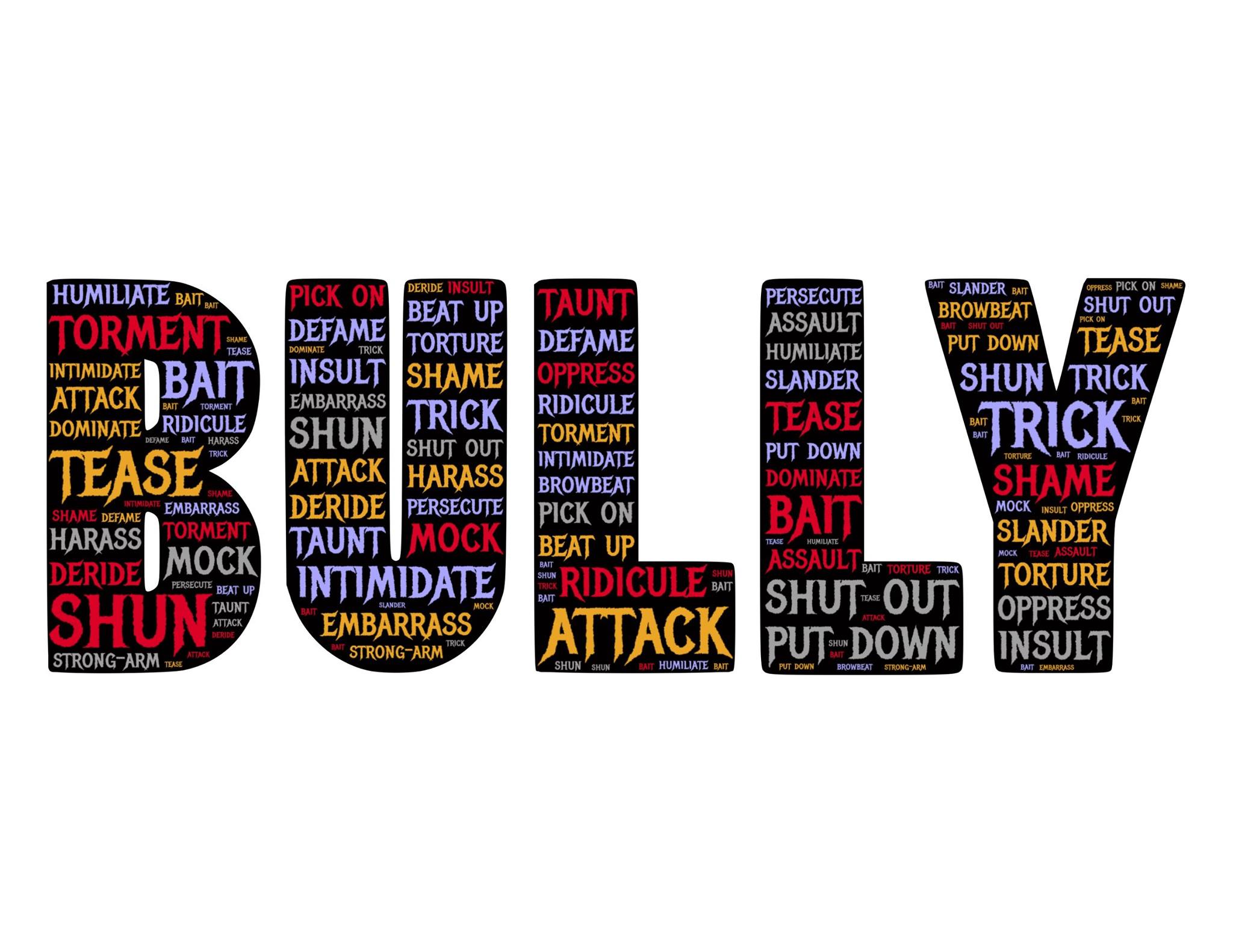
The Bad and The Ugly Truth About Workplace Bullying
Unchecked bullying drains an organization in multiple ways, but it can be dealt with effectively.
by Bernadette Jones, SPHR, SHRM-SCP
Ever wondered what happened to Taylor, the friendly administrative assistant, or Tammi, the most pleasant person in the office? Thanks to workplace bullying, employees who consistently deliver impressive performance wake up feeling sick, dreading the thought of coming to work.
Taylor and Tammi could be the targets of workplace bullying, an increasing threat now affecting a significant number of workers worldwide. A discouraging report recently released indicates that 48 percent of workers say that they either directly experienced abusive conduct at work or witnessed it.
Workplace bullying can often be the factor in a downward spiral in productivity and erosion of organization culture. It is not surprising that some leaders downplay the seriousness of this growing problem. Some even trivialize it as a rudeness or incivility. The good news is that widespread cases of workplace bullying has aroused the attention of policymakers. California, for one, is leading the pack in a bid to stop workplace bullying by passing A.B. 2053, requiring covered employers (with 50 or more employees) to include “abusive conduct” prevention training in mandated supervisor harassment prevention training.
What Is Workplace Bullying?
The Workplace Bullying Institute (WBI) describes workplace bullying as “…. repeated mistreatment; abusive conduct that is: threatening, humiliating, or intimidating, work sabotage, or verbal abuse.” In practice, workplace bullying is used interchangeably with “abusive conduct,” which is a severe form of work harassment.
Why Deal With Workplace Bullying?
This socioeconomic problem drains organizations of many thousands of dollars each year in lost productivity, opportunities, turnover and more. Victims spend nearly 50 percent of company time dealing with the repercussions of being bullied. Even with such startling numbers, bullying continues to wreak havoc in the workplace.
Besides the obvious setbacks, workplace bullying drains organizations dry by alienating top performers. For management, condoning workplace bullying is a serious offence that can be the root of employee claims and destructive lawsuits. When victims can’t take the bullying anymore, they prefer to quit facing serious repercussions that include a slowdown in career progression, loss of income, and depression.
There is a thin line between bullying and illegal harassment. Overall, bullying lowers morale, promotes negative conflict, lowers productivity, encourages absenteeism, and makes it hard for organizations to retain top talent.
How to Deal With Workplace Bullying
It’s crucial that leadership and peers alike confront workplace bullying head-on. All staff should be encouraged to report bullying and cooperate with investigations as well. Organizations should create and implement a “no bullying policy.” All employees should undergo training on how to recognize, prevent and report bullying. To create an engaging culture, management should give support to workers targeted by bullies. Above all, repeated mistreatment, conduct that is rude, intimidating, or verbally abusive, should openly be called what it is: bullying!
Contact Visionova HR Consulting for tips on eliminating bullying behaviors from your workplace and building an internal culture that reflects on your organization’s mission and values. Learn about our free trial at visionovahr.com or call (510) 243-5254.
Bernadette Jones is HR Business Partner and Co-Founder at Visionova HR Consulting.
